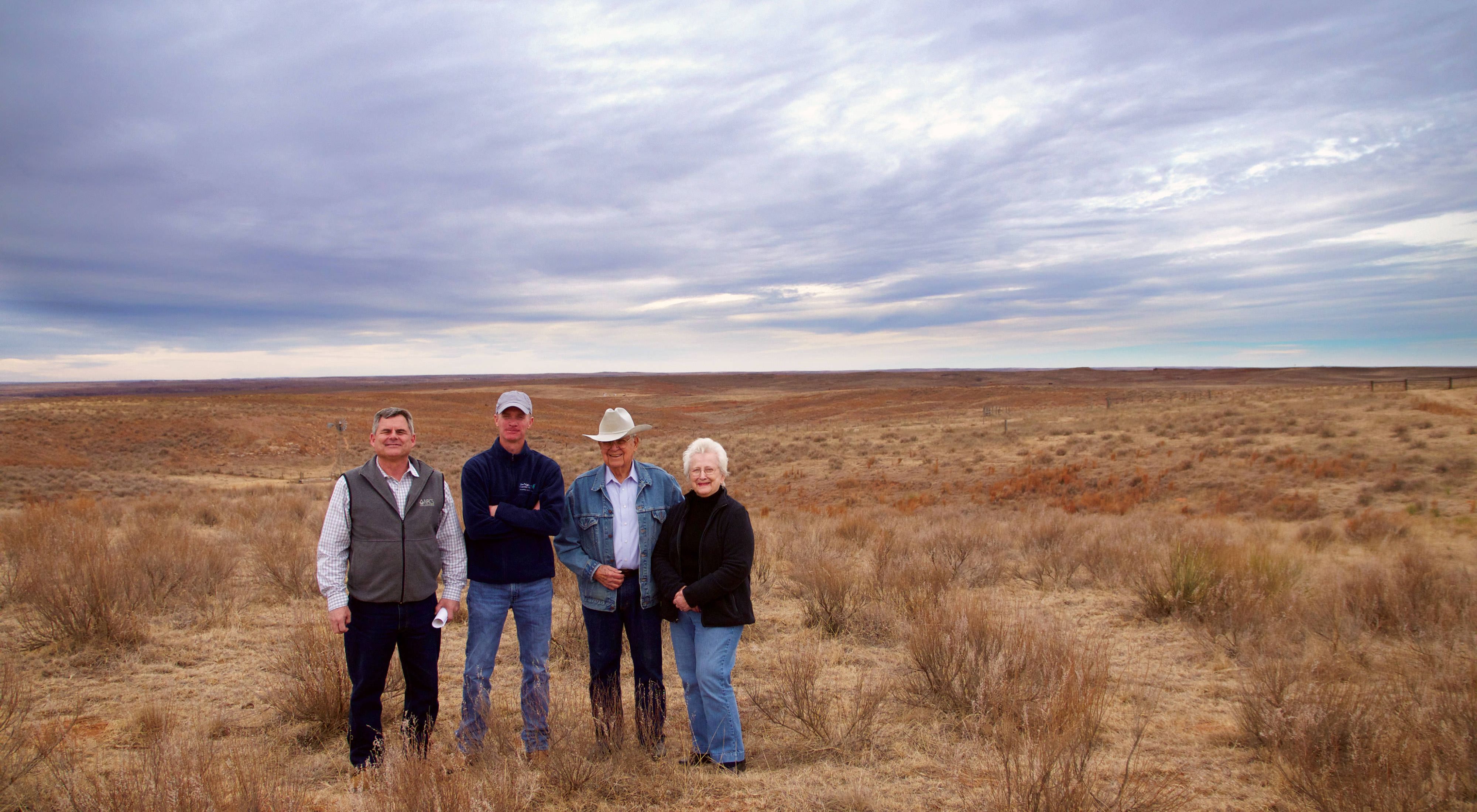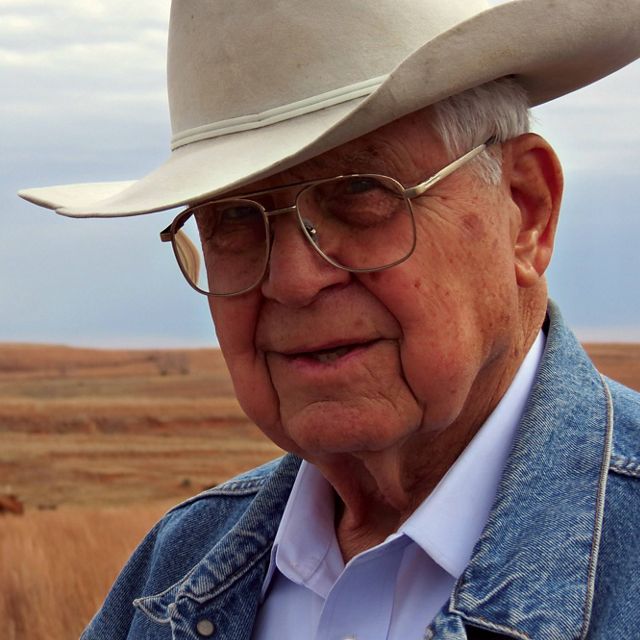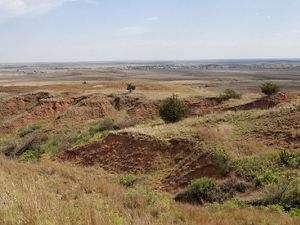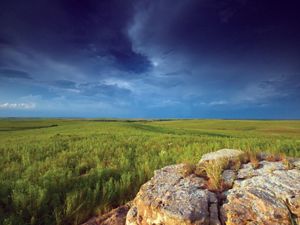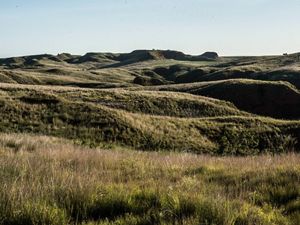Easements for Conservation
Oklahoma landowners are collaborating to protect their legacy for future generations.
Estimated read time: 3 minutes
Key Takeaway
Paul and Jackie Seeley of western Oklahoma conserved more than 1,700 acres of their family ranch through the USDA-NRCS Agricultural Conservation Easement Program in partnership with The Nature Conservancy. This easement will keep the property intact as a working ranch free from development in an effort to conserve remaining grasslands and protect wildlife that rely upon these unique ecosystems.
In northwestern Oklahoma lies a region marked with beautiful prairie vistas, rich grazing lands, pristine streams and deep red canyon walls. Known as the Red Hills, this area is what Paul and Jackie Seeley call home.
Paul Seeley of Eureka, KS is no stranger to ranching. As a child, he grew up working and playing on a family ranch in the Red Hills of Oklahoma which his father passed on to him, along with his passion for grazing cattle and native grasslands. Paul decided it was time for him to do the same and secure the future of this intact piece of the Red Hills for future generations of Oklahomans.
“It appealed to me that an easement guaranteed that it would not be devoted to anything other than grazing. That’s primarily why I am involved in this. I’m really impressed with the NRCS and The Nature Conservancy and their efforts to do that,” says Seeley.
What is a Conservation Easement?
A conservation easement is a permanent restriction placed on a piece of land to protect its natural features while the land remains privately owned. The easement can be voluntarily donated or sold by the landowner and it constitutes a legally binding agreement that limits certain uses from taking place on the land. A land trust organization, like The Nature Conservancy (TNC), agrees to hold the easement and enforce those restrictions over time.
An easement restricts only certain uses of the land as necessary to protect specific conservation values such as native grass land cover. Because the land remains in private ownership, an easement property continues to provide economic benefits.
A conservation easement is legally binding in perpetuity, which means the restrictions placed on the property remain intact whether it is sold or passed to heirs.
"Conservation easements are one of the most powerful, effective tools available for the permanent conservation of private lands in Oklahoma," says Katie Gillies, director of conservation. "Their use has successfully protected millions of acres of wildlife habitat and open space in the United States and in many countries around the world."
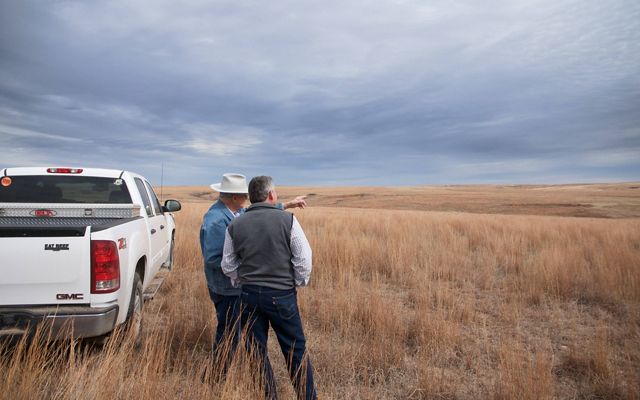
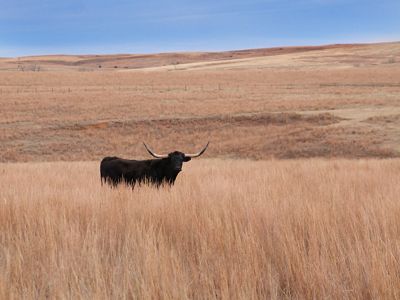
Ensuring Protection Together
Through the USDA-NRCS Agricultural Conservation Easement Program (ACEP), Paul and Jackie Seeley conserved 1,784 acres of their family ranch through a conservation easement with The Nature Conservancy that will keep it intact as a working ranch but free from development. TNC’s primary goal in the Red Hills is to conserve remaining native grasslands and the wildlife that use them across a large-scale area.
“This easement is important for several reasons, most important being that it conserves a working ranch located in Oklahoma’s iconic mixed-grass prairie,” says Mike Fuhr, state director. “So many of our remaining intact prairies are the result of good ranching stewardship—this project keeps the land in the Seeley family, preserves their traditional ranching practices and protects the land for future generations.”
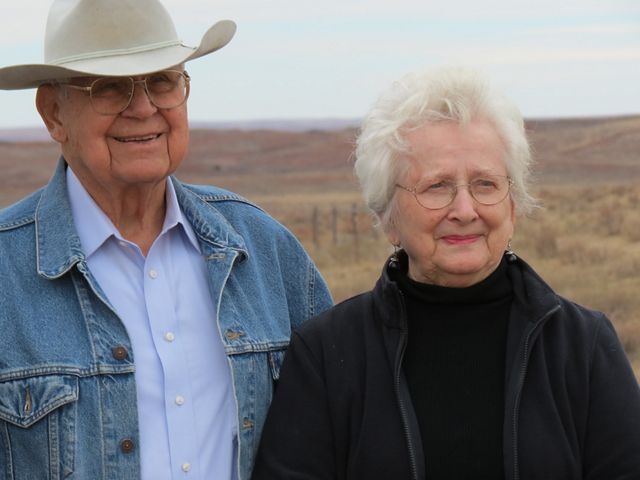
NRCS Agricultural Land Easements
For more information, please visit your local USDA service center.
Find Your Local Service CenterHow it Works
The Agricultural Conservation Easement (ALE) Program works with eligible state, local, tribal and non-profit entities, such as TNC, who arrange for the purchase of development rights through Agricultural Land Easements on private lands. TNC’s focus with this program is the conservation of native grasslands.
“Mr. Seeley and his wife have been great stewards of the land. With the ALE program, this was a way for them to fulfill their wishes and preserve the native habitat on their property for future generations,” says Woods County District Conservationist Shellie Oliphant.
Conservation Easements in the Great Plains
For more information on conservation easements with The Nature Conservancy in the Great Plains region, please contact:
- Oklahoma: Melissa Shackford at mshackford@tnc.org
- Kansas: flinthills@tnc.org
- Minnesota: minnesota@tnc.org or 612-331-0700
